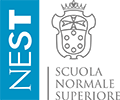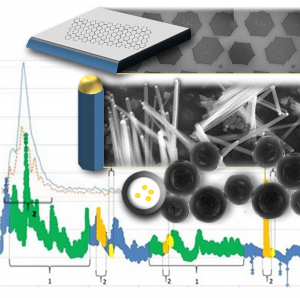With the increasing interest in the potential benefits of nanotechnologies, concern is still growing that they may present emerging risks for workers. Various strategies have been developed to assess the exposure to nano-objects and their agglomerates and aggregates (NOAA) in the workplace, integrating different aerosol measurement instruments and taking into account multiple parameters that may influence NOAA toxicity. The study perfomed at NEST in collaboration with INAIL and AIRI and just published on a special issue on “Nanotoxicology and Nanosafety” of the International Journal of Molecular Sciences, proposed a multi-metric approach for measuring and sampling NOAA in the workplace, applied to three case studies in laboratories each dedicated to materials with different shapes and dimensionalities: graphene, nanowires, and nanoparticles. The study was part of a larger project with the aim of improving risk management tools in nanomaterials research laboratories. The harmonized methodology proposed by the Organization for Economic Cooperation and Development (OECD) has been applied, including information gathering about materials and processes, measurements with easy-to-use and hand-held real-time devices, air sampling with personal samplers, and off-line analysis using scanning electron microscopy. Significant values beyond which an emission can be attributed to the NOAA production process were identified by comparison of the particle number concentration (PNC) time series and the corresponding background levels in the three laboratories. We explored the relations between background PNC and microclimatic parameters. Morphological and elemental analysis of sampled filters was done to identify possible emission sources of NOAA during the production processes: rare particles, spherical, with average diameter similar to the produced NOAA were identified in the nanoparticles laboratory, so further investigation is recommended to confirm the potential for worker exposure. In conclusion, the information obtained should provide a valuable basis for improving risk management strategies in the laboratory at work.
More detail can be found HERE

